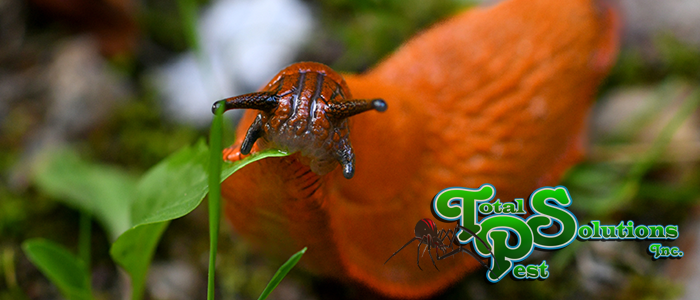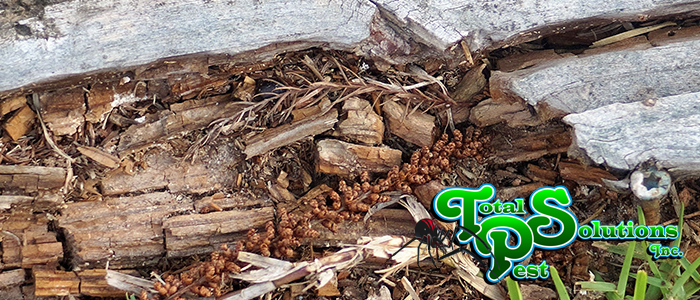
Natural Slug Predators
There’s a common piece of folk knowledge that nothing will eat a slug. The slime coat repels predators, and they release a bitter taste that causes animals to spit them out. Is that true? Are slugs invincible to everything but table salt? Luckily, it’s one of those old bits of scientific Apocrypha that isn’t true. Slugs have a wide variety of predators, and if you’ve got a slug problem, you might want to attract some. In this article, we’ll go over some basic slug facts and how to attract some of their many predators.
What is a Slug?
Come on; you know this one. Slugs are those little flabby things that scoot around on slime trails. They look a bit like snails without a shell. Both snails and slugs are closely related. While it might look like a slug doesn’t have a shell, most slugs have a tiny internal shell. This vestigial organ is left over from when they were mollusks with shells. They’re still mollusks – But you can’t see their shell.
What Animals Eat Slugs?
As we mentioned previously on our website, several species of insects eat slugs. Some of the most successful predators of slugs include tiger beetles and other ground beetles. These wandering hunters have powerful jaws that make short work of slugs. However, another predator that feeds on slugs might surprise you. Did you know slugs are the primary food source for firefly larvae?
How to Attract Natural Predators
For starters, if you’re looking to attract beetles or fireflies, you have to skip any sort of chemical treatment. That includes herbicides and most fungicides. Hedgehogs, toads, frogs, and some birds will also eat slugs… But unlike beetles and fireflies, they mostly eat other things. A slug is like a rare snack they’re happy to indulge in.
These animals all need food, shelter, and water. Grow native, local plants and trees on your property. You can also create places in your garden that are “wild” and left completely untouched to encourage natural ecosystems. For ground beetles, stacking layers of stones, they can squeeze between will give them plenty of places to hide. Other insects prefer piles of leaves… There are a lot of options.
But are you noticing a problem yet?
Natural Predators Means Pests, Too
Any place a ground beetle or firefly can thrive is also where a roach can live. It could be a place that allows ticks or mice to thrive. You may find yourself wading through earwigs and flies: the more natural predators you have, the more natural predators of those predators you’ll attract. By following the “natural” route of introducing slug predators, you could also introduce pests.
Instead of trying to micromanage an ecosystem in your backyard, why not visit our website to learn some DIY slug traps? If it seems too much work – And we get it, it does look that way – You can give us a call.
Total Pest Solutions Will Protect Your Garden
At Total Pest Solutions, we’ve been working on lawns and gardens for a long time. Not only will we help you solve your slug problem, but we’ll also do it without bringing in more pests. You don’t need to trade one pest for a whole neighborhood of creepy crawlies. Give us a call today, and let us know your concerns.
continue reading
Related Posts
Holiday Pest-Free Homes in Winter Haven: Avoiding Cargo Pests As
Auburndale’s Mole Cricket Damage: Repairing Turf Before Frost As the
Lakeland’s Fall Termite Swarms: Early Detection Tips As the summer






